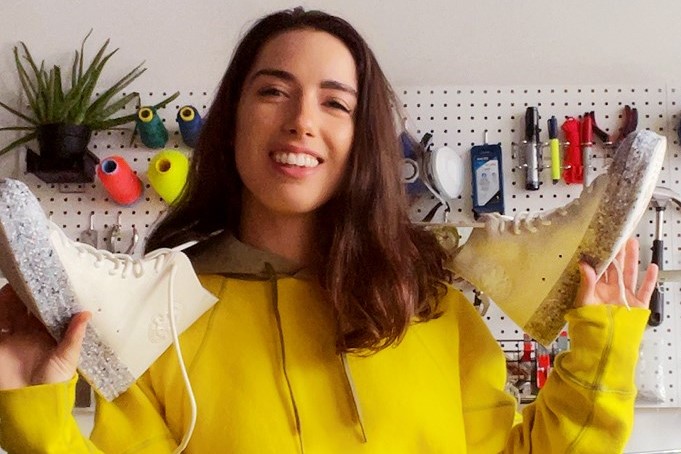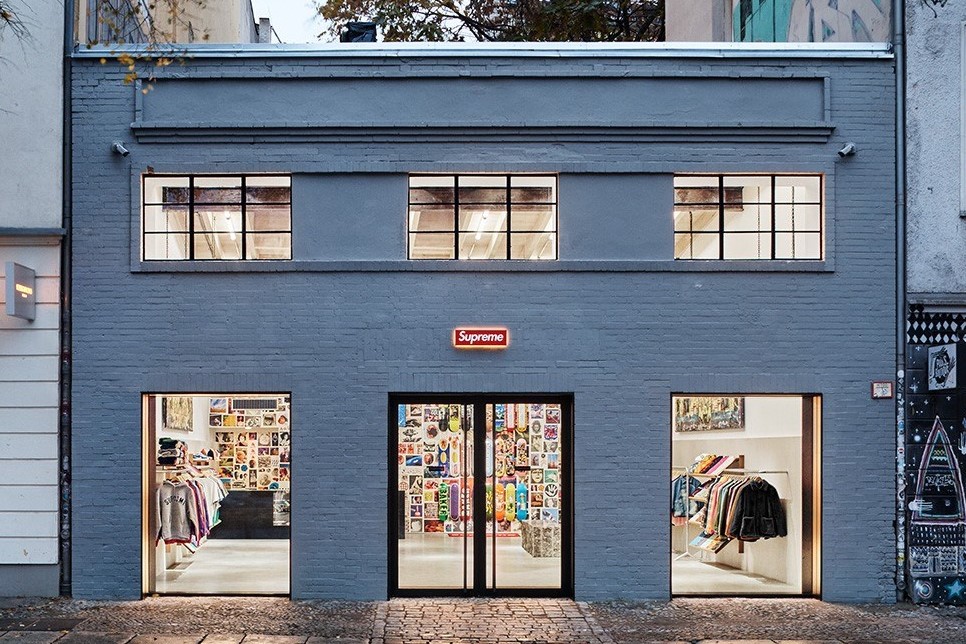
There’s nothing circular or sustainable about Shein’s new resale platform
The fast fashion juggernaut’s latest initiative is nothing but a covert market research move created to sell more clothes
Most of us would agree fashion resale is generally a good thing. It keeps clothes in circulation, it’s a way to earn extra cash, and it has the potential to displace the purchase of more newly made stuff. But what about when the most notorious fast fashion brand out there does it?
After a Channel 4 investigation uncovered that Shein factory workers are paid as little as 3p per hour, the brand responded by announcing the launch of Shein Exchange, a peer-to-peer resale platform, “where pre-loved gets re-loved”.
Initially available to the US market, it will allow people to list their own pre-worn items on the platform and sell them to other Shein customers. Like other similar platforms, listings will be pre-populated with the details of items that customers have previously bought, sidestepping the need to take numerous photos and write descriptions.




It’s not a surprising move. Pretty Little Thing and H&M launched resale in 2022, with Boohoo group saying all of its other brands (which include Nasty Gal, MissPap, Burton, Oasis, Warehouse, Dorothy Perkins, and Debenhams) will launch resale by 2023.
High street stores including Zara and Primark have both gotten in on the action, too, with both retailers announcing their own resale initiatives in recent months. Plus, a survey conducted by Shein itself found that almost half of its customers have sold its items on resale platforms and more than half have purchased them secondhand.
“The goal of Shein Exchange is to make resale just as easy and convenient as buying something brand new, while also igniting a cultural movement of circularity within our own Shein community,” said Adam Whinston, global head of ESG at the brand. (The creation of his role in late 2021 led many to wonder what self-respecting individual would tie their reputation to such a troublesome brand. Turns out, someone who used to work for Disney).

On the face of it, it sounds quite inspiring. A cultural movement of circularity is exactly what we need! However, despite the fact that the brand understands resale “threatens to cannibalise the sale of new items”, scouring the rest of the press statement plus other news about the launch fails to reveal anything about reducing production, and that’s what pulls this whole thing down.
Earlier this year, Business of Fashion reported on Shein’s “incomparable churn”. Between January and April 2022, Shein added 314,877 new styles in the US. Compare that to Boohoo, previously thought to be the pinnacle of ultra-fast fashion, which released 18,343 during the same period (still an eye-watering figure), and you start to understand the scale this company is operating on. It’s estimated that Shein adds 2,000 new items each day on average. The addition of resale simply cannot offset that in any meaningful way.
And in fact, it’s clear Shein doesn’t want it to, as reporting by Glossy revealed that the secretive fashion behemoth will actually use data from its resale platform to inform the design and production of new products. Shein Exchange isn’t just a way to skim over the enormous pressure it puts on an already fragile climate, it’s actually a tool to sell new products more effectively.
“Shein understands that its clothes are likely to end up in landfill or dumped at the feet of people who never needed or asked for them clearly enough to throw money at the problem, but it doesn’t see that as a driver to just make less stuff in the first place”
Interestingly, Shein has, in some manner, confessed that it is a polluting force. After it was announced that The Or Foundation would receive $15 million from Shein over three years, co-founder Liz Ricketts said, “What we see as truly revolutionary is Shein’s acknowledgement that their clothing may be ending up here in Kantamanto, a simple fact that no other major fashion brand has been willing to state as yet.”
Shein understands that its clothes are likely to end up in landfill or dumped at the feet of people who never needed or asked for them clearly enough to throw money at the problem, but it doesn’t see that as a driver to just make less stuff in the first place. Its first foray into circularity is nothing more than covert market research in pursuit of more extraction, more production, more waste, and more profit. It’s a meaningless act that is practically transparent in its cynical motives.



